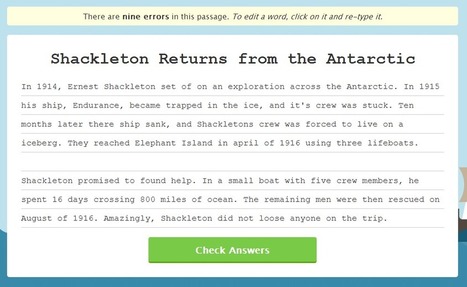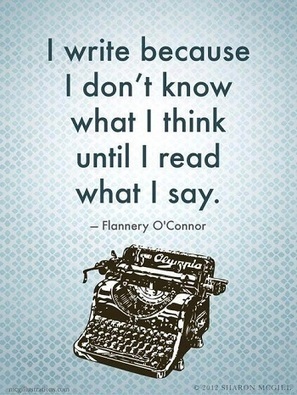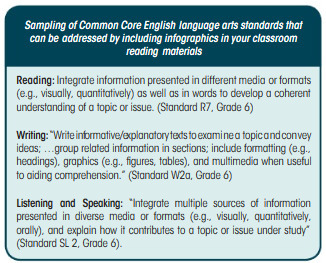"Quill is a service that provides an updated take on the old writing worksheets that most of us used in elementary school and middle school. The service offers more than just the writing practice activities, but that is its core feature."
Get Started for FREE
Sign up with Facebook Sign up with X
I don't have a Facebook or a X account
 Your new post is loading... Your new post is loading...
 Your new post is loading... Your new post is loading...

Ann Kenady's curator insight,
February 5, 2014 11:23 PM
This article gives compelling evidence that the ability to write effectively is closely linked to the ability to think coherently. The author writes, "Students’ inability to write was contributing to their inability to think, severely impeding intellectual growth across many subjects." |

niftyjock's curator insight,
January 19, 2014 7:12 PM
I often get very bored with infographics, but these techniques will help me not only read them better but have a go at c reating my own 
Greenwich Connect's curator insight,
January 20, 2014 7:28 AM
Slightly overblown tone, presumably to help what is a useful overview of infographics sound more "academic" - read between the lines for what students should think through and how they should approach their own infographic production 
Kerri Schaub's curator insight,
January 20, 2014 8:10 AM
Visualizing is a powerful multisensory technique. |













Do your students need to practice with grammar and punctuation? Quill provides worksheets for students in Grades 1 - 8 that have spelling and grammar errors. Students have to correct the errors. Quill corrects the papers, showing students what they did correctly, or what needs to be corrected.
Create your own classroom, provide students a code to sign-in, and pick your assignments. Students work at their pace and you can view their work through the dashboard.
As Richard Byrne states in this post "Having the pre-made activities at your disposal and having the opportunity to quickly see how your students did on each activity will free up some of your time."
There is a video that explains the site in more detail, or you may go directly the the website: http://www.quill.org/